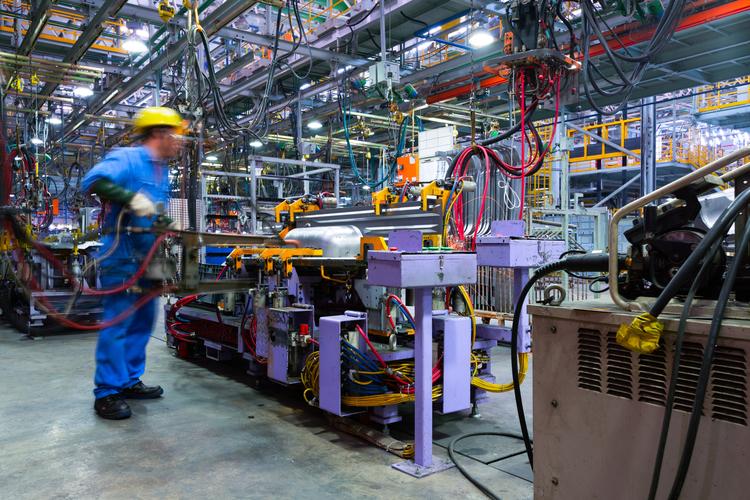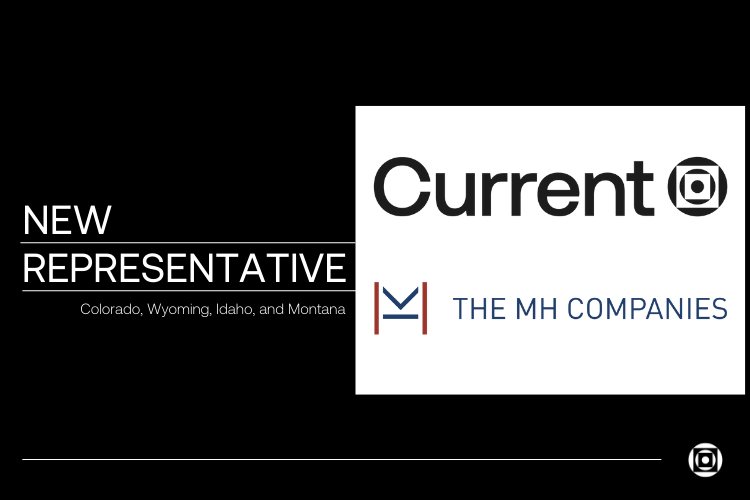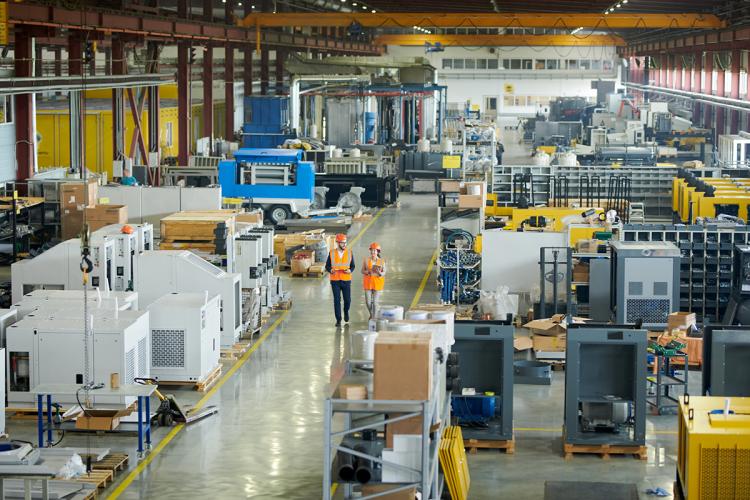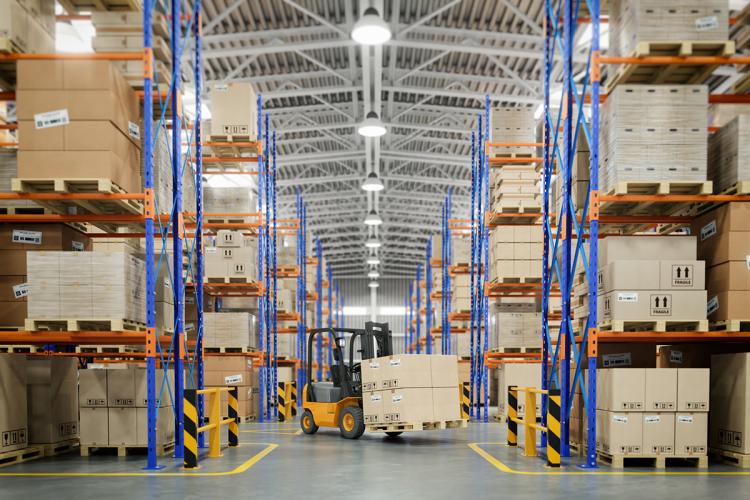5 Rock-Solid Reasons Manufacturers Should Already Be Rocking LED Fixtures
5 Rock-Solid Reasons Manufacturers Should Already Be Rocking LED Fixtures
5 Rock-Solid Reasons Manufacturers Should Already Be Rocking LED Fixtures
For some manufacturers, lighting can be an afterthought when evaluating energy reduction projects – but more and more are looking up to bring energy costs down in their plants and factories. It starts with considerable energy savings and stretches all the way to connected environments enabled by smart lighting fixtures.
Take five minutes to read five reasons manufacturers need to seriously consider LEDs:
-
Energy Savings Can Be Enormous: Production and assembly plants all have one thing in common, and that’s tons of square footage requiring hundreds, even thousands, of lighting fixtures to make sure the job gets done right. The average manufacturing plant still uses linear fluorescent lamps (LFL) or high-intensity discharge (HID) fixtures that aren’t expensive upfront, but rack up significant energy and maintenance costs over time. Industrial high-bay LED fixtures offer a reduction of approximately 50–90 percent in lighting energy use, resulting in utility bills that quickly reflect real savings. The price of industrial LED fixtures has also fallen steadily in recent years, while light output and quality have improved significantly. But, make no mistake, saving a significant amount of energy day after day remains the number one reason manufacturers make the switch to LED.
-
Maintenance Is Much Easier: You’d be hard pressed to find a facility manager who likes scaling ladders or commandeering lifts and interrupting production to change burnt-out light bulbs. Relamping can be a monthly, even weekly, chore for large facilities where just getting to the ceiling is its own adventure, not to mention the nagging cost of all those new lamps, the inconvenience of storing them on site, and the added expense of paying people to install them. Industrial LED fixtures can change everything. Current’s Albeo fixtures are rated up to 100,000 hours of service-life, surpassing the life expectancy of traditional LFL and HID lamps by as much as five times, depending on the operation. The best news is that, as with energy, these savings show up on your bottom-line.
-
It Can Change With You: Current’s Daintree lighting controls coupled with Albeo high-bay fixtures are a workable option for your constantly-changing operation. When racking is relocated, when aisles are re-laid out or when machines and equipment are re-positioned on the plant floor, light levels, zones, and light schedules can easily be reconfigured with Daintree ControlScope Manager fixture by fixture to accommodate the new operating environment. This means facility managers can ensure each area of the plant is appropriately lit without getting into expensive and labor-intensive re-configurations of fixture layouts. If frequent plant re-configurations are the norm for your factory, Albeo fixtures with Daintree could be the right solution for you.
-
Rebates Are Still Available: Many U.S. utility companies and government entities continue to offer substantial rebates for energy-efficient lighting and controls upgrades. Details vary from state to state, but most utilities maintain energy programs for industrial companies, and the savings can be significant. At the same time, it can be quite time-consuming to manage the rebate process and see it through the proper approval channels, so be sure to ask your lighting partner or energy service company (ESCO) to help you navigate the process and ensure the maximum incentive is captured. Some partners are even prepared to take on this paperwork for you. For now, a good place to start is at energy.gov where you’ll find a DOE-hosted database of tax credits, rebates and savings opportunities that can be filtered by state and project category.
-
It Leads to Even Greater Savings: LED fixtures alone can save you plenty, but solutions like Current’s Daintree wireless lighting controls can take your energy efficiency to another level. By automatically dimming fixtures when there is ample daylight or by task tuning lights by specified zones, lighting controls offer facility and energy managers a way to put their illumination needs on autopilot while reducing their annual energy spend by as much as 20 percent on top of the savings already delivered by LEDs. It’s all about the insight and functionality to optimize your facility or multisite portfolio, and it’s the first step toward a truly intelligent environment where connected fixtures link your people and processes to the Industrial Internet of Things (IIoT) and the endless possibilities it presents, from reducing downtime and disruptions to improving safety to using data to inform better decisions.






